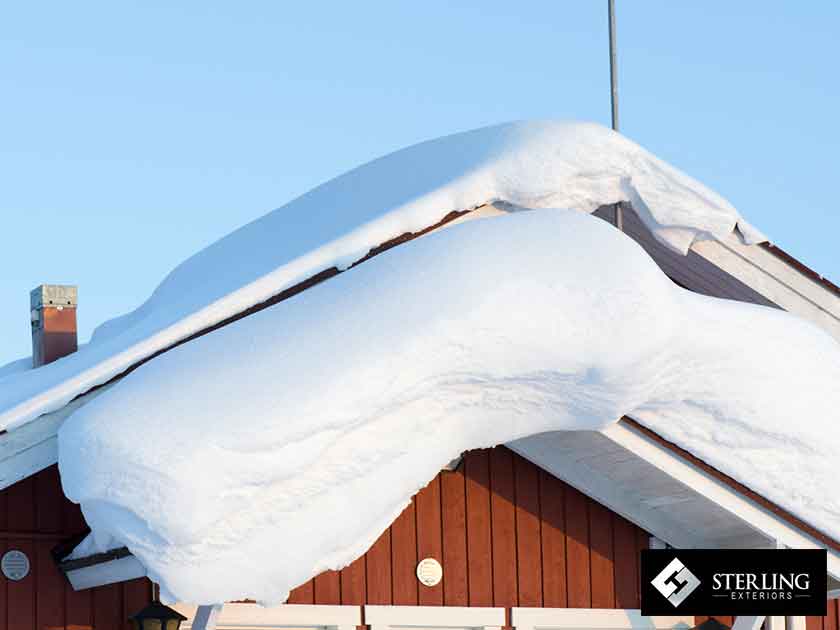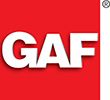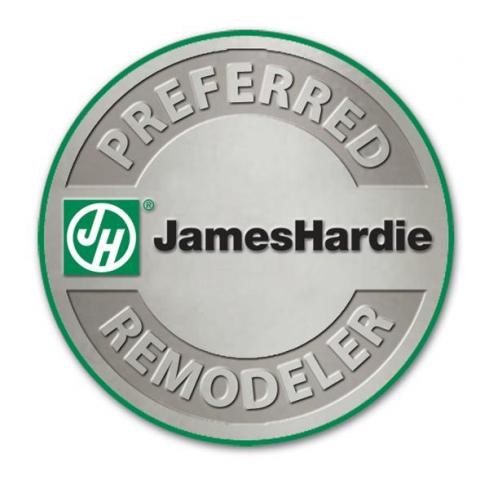Condensation affects a considerable proportion of households not just in the local area but across the country. It can build up in homes at any time of the year, but this particular problem is more prevalent during the colder months. The attic is one of the prime areas in your home where condensation can accumulate. Since you’re less likely to spend time in it, significant damage may soon manifest before you even become aware of the issue.

In this blog, local roofing contractor Sterling Exteriors takes a closer look at roof condensation during winter, focusing on its causes and signs to watch out for as well as solutions to prevent it from happening.
Determining Roof Leaks As Condensation
We often associate a roof leak with inclement weather. One may develop during a heavy downpour and it is usually caused by damaged or deteriorated shingles, improper shingle installation, or failure in the flashings and penetrations. Combined with high winds, precipitation can find its way through the cracks along the window sills and siding. Such leaks require a thorough inspection and repair by a roofing company.
Another type of roof leak is one that is caused by ice dams, which is a common problem homeowners experience during winter. These happen when the attic gets too hot and doesn’t release enough heat due to a lack of ventilation. Snow buildup on the roof begins to melt as a result, but it refreezes as soon as it reaches the cooler edges of the roof, forming icicles along the gutters. Ice dams can lead to moisture problems in your home.
However, if you notice a leak but there’s no rainfall or an ice dam, it is likely caused by condensation or frost buildup inside the attic. It is neither an actual roof leak nor a workmanship-related issue. To be sure that is the case, you must get in touch with your roofer as soon as possible.
Roof Condensation at a Glance
Condensation is a natural phenomenon in which warm, moist air touches a surface that is colder than warm air’s dew point. It is the reason why water droplets form on a cold glass of water that is left to sit at room temperature, or windows get foggy when there’s a temperature difference in both the inside and outside of your home.
For condensation to occur, there must be high levels of humidity or excess moisture in the warm indoor air. Cooking, taking showers, cleaning the dishes, doing laundry, and other household activities contribute to its increase. This warm air rises from the lower floors through the house and into the attic. The roof, which is exposed to the outdoor winter weather, cools the trapped air below to its dew point until it releases some of its moisture as condensation or water droplets.
Signs of Roof Condensation
Unless you get up the hatch and inspect your attic space, spotting roof condensation can take some time depending on the severity of the problem. The most common signs are similar to what you might expect in a typical roof leak, including the following:
- Water Stains
The ceiling on the upper level of your home is one of the first areas to check for roof condensation. Water stains may be accompanied by dripping, especially if the problem is too severe. Examine light fixtures, vents, and skylights as these can have gaps or cracks that allow water vapor to permeate through.
- Rot on Wood Components
The roof’s support structure, which includes the joists and rafters, can absorb excess moisture, resulting in rot.
- Electrical Problems
Noticed one of your light bulbs flickering or turning off all of a sudden? It might have burned out because of moisture getting into the sockets or electrical wiring on your attic.
- Mold and Mildew Growth
If not addressed right away, roof condensation can lead to mold and mildew growth. Signs include black or brown spots appearing on the ceiling and a musty smell emanating from your attic.
Causes of Roof Condensation
There are two reasons why condensation could build up in your roof: insulation and ventilation, or the lack thereof. The majority of houses in the United States only have three to five inches less than the recommended amount of insulation on the attic floor, which is around 15 inches with a thermal value of R49. Proper installation of insulation is vital to ensure indoor comfort and air quality while keeping your energy bill in check.
As for the roof’s ventilation, the Federal Housing Authority recommends at least a square foot of attic ventilation—evenly split between intake and exhaust vents—for every 300 square feet of attic floor space. Unfortunately, not all homes have it due to improper planning during roof installations. Achieving balanced roof ventilation allows the roof to breathe and prevent the damaging effects of condensation during winter. Warm air moving through the attic can escape via the exhaust vents, minimizing moisture accumulation that compromises the structural integrity of the roof.
Solutions to Curb Roof Condensation
In addition to having the right amount of insulation and well-functioning ventilation, there are other steps you need to take to control condensation not just in your roof but also around your home. Exhaust fans, for instance, must be installed inside kitchens, bathrooms, and laundry rooms. Make sure that they take out warm indoor air to the outside, not directly into the attic space.
Reducing the number of houseplants is also vital in keeping indoor humidity levels at the minimum during winter. So is investing in a dehumidifier, which is highly recommended in vaulted roofs with a loft. The roof isn’t the only place to consider when dealing with ventilation; the crawl space or basement should also be properly vented.
For your roofing needs, turn to Sterling Exteriors. As a full-service roofing company, we provide new roof construction, repairs and replacement of existing roof systems, and gutter installations. We also offer roof maintenance for both residential and commercial properties. Our team has the experience and knowledge to get the job done right the first time.
Call us today at (513) 685-8055 to get started with your roof project. You may also fill out our contact form to request a free quote. We serve homeowners in Loveland, Newton, and Cincinnati, OH.






